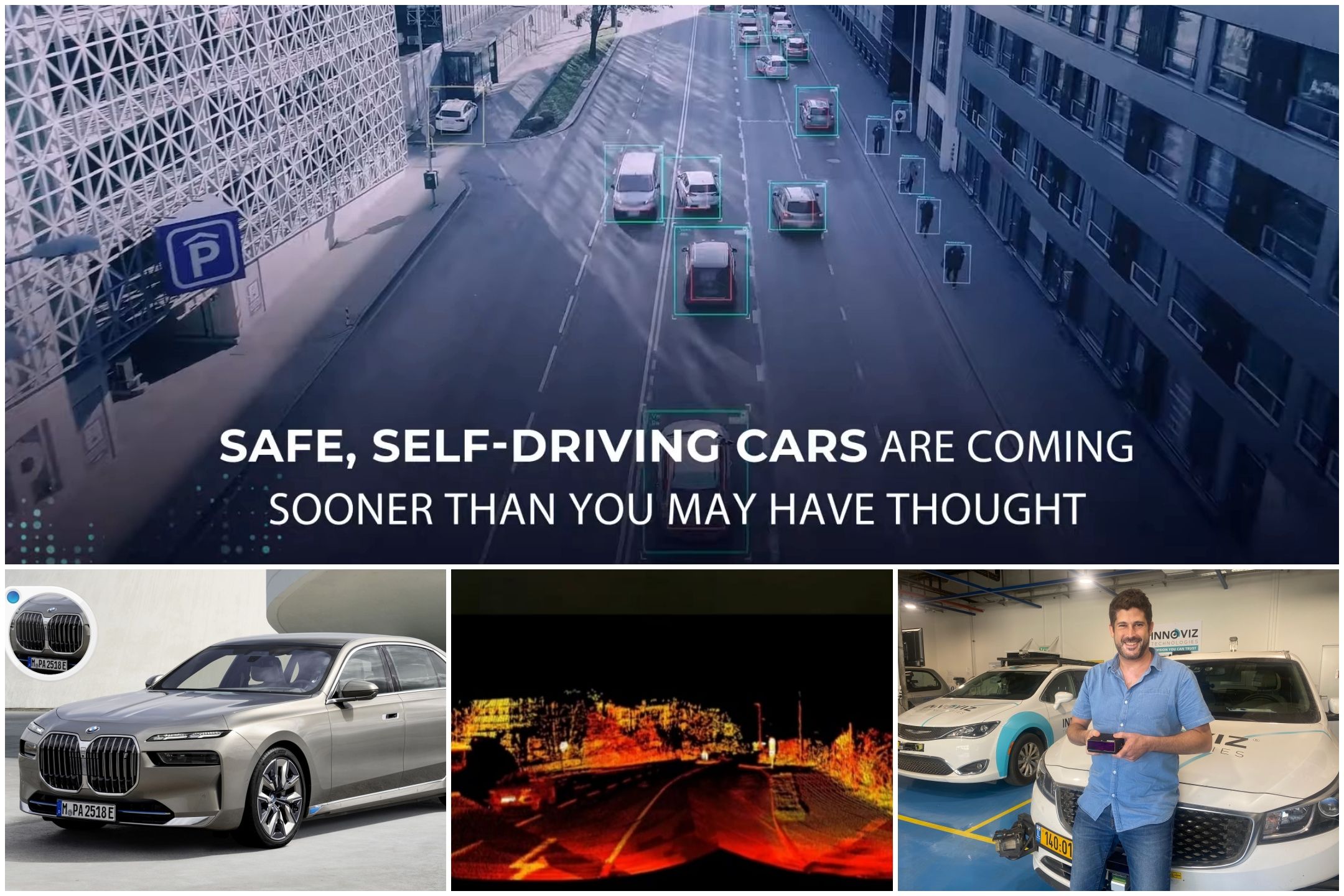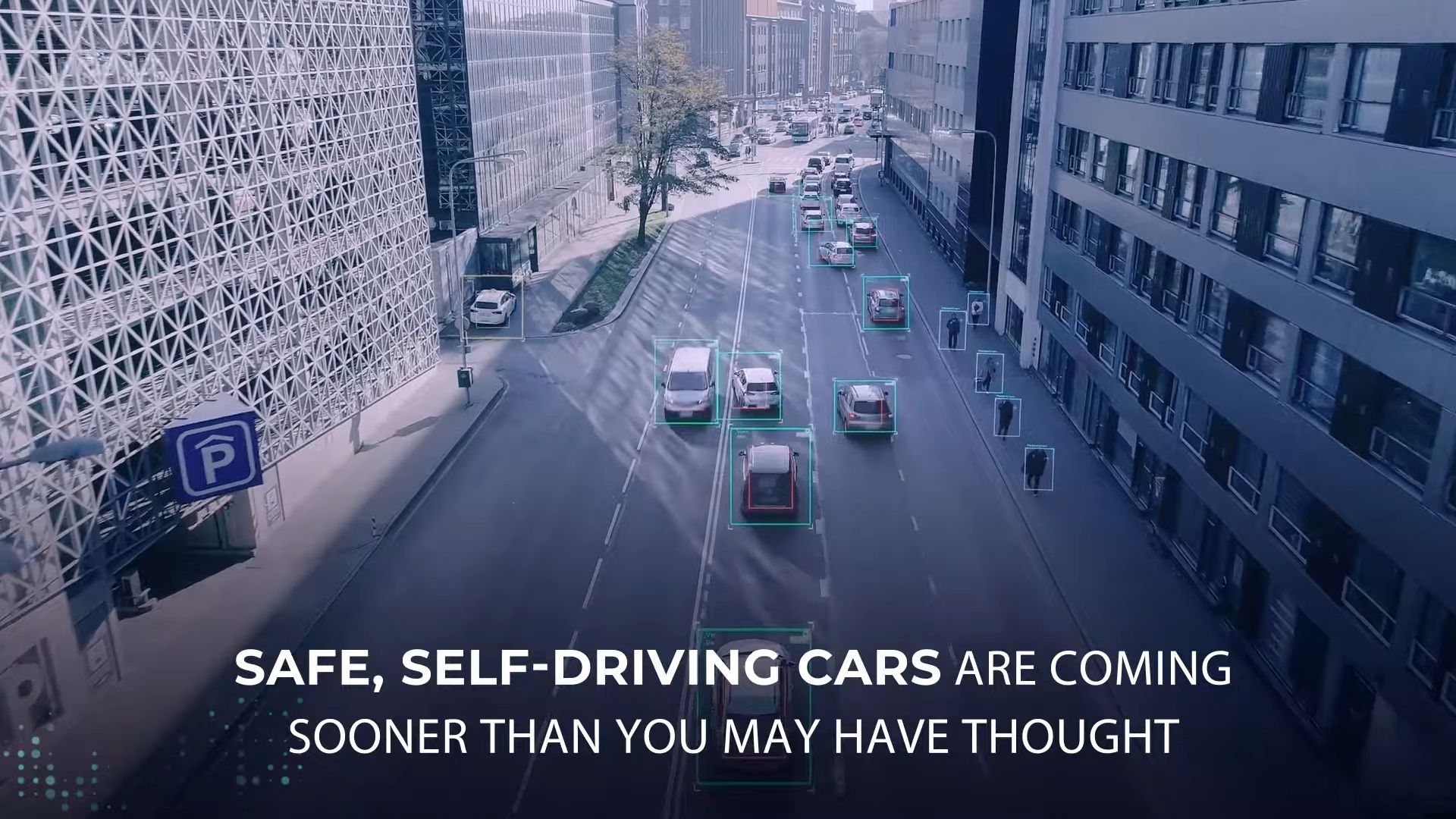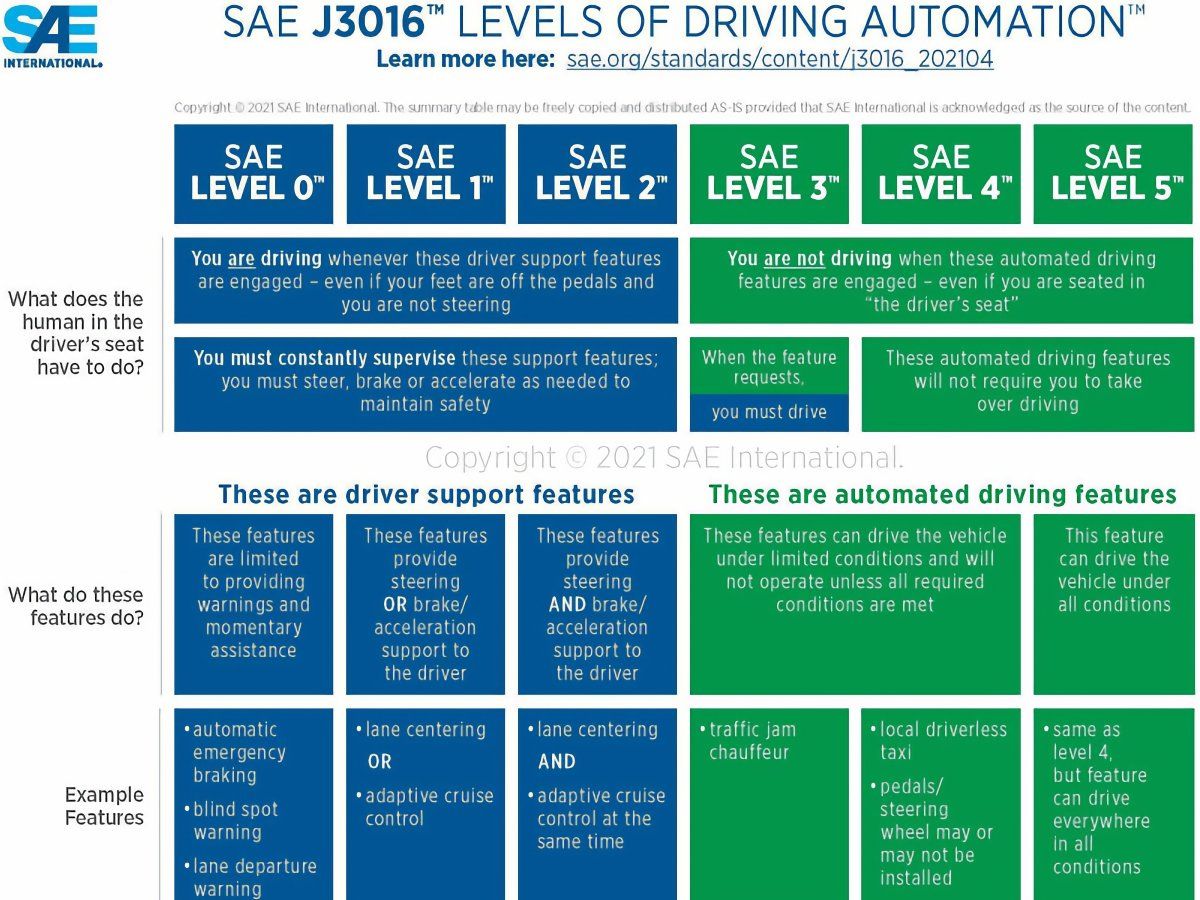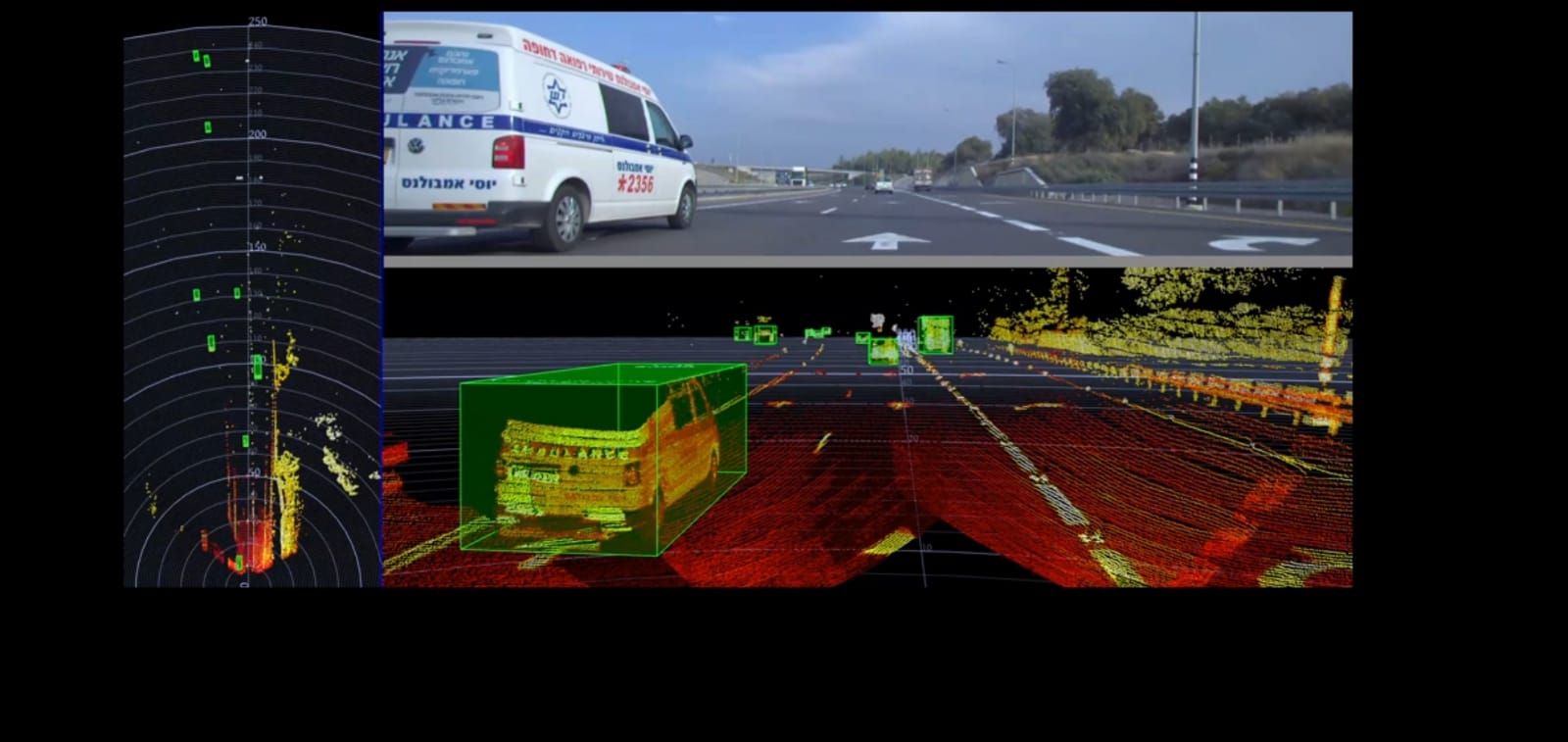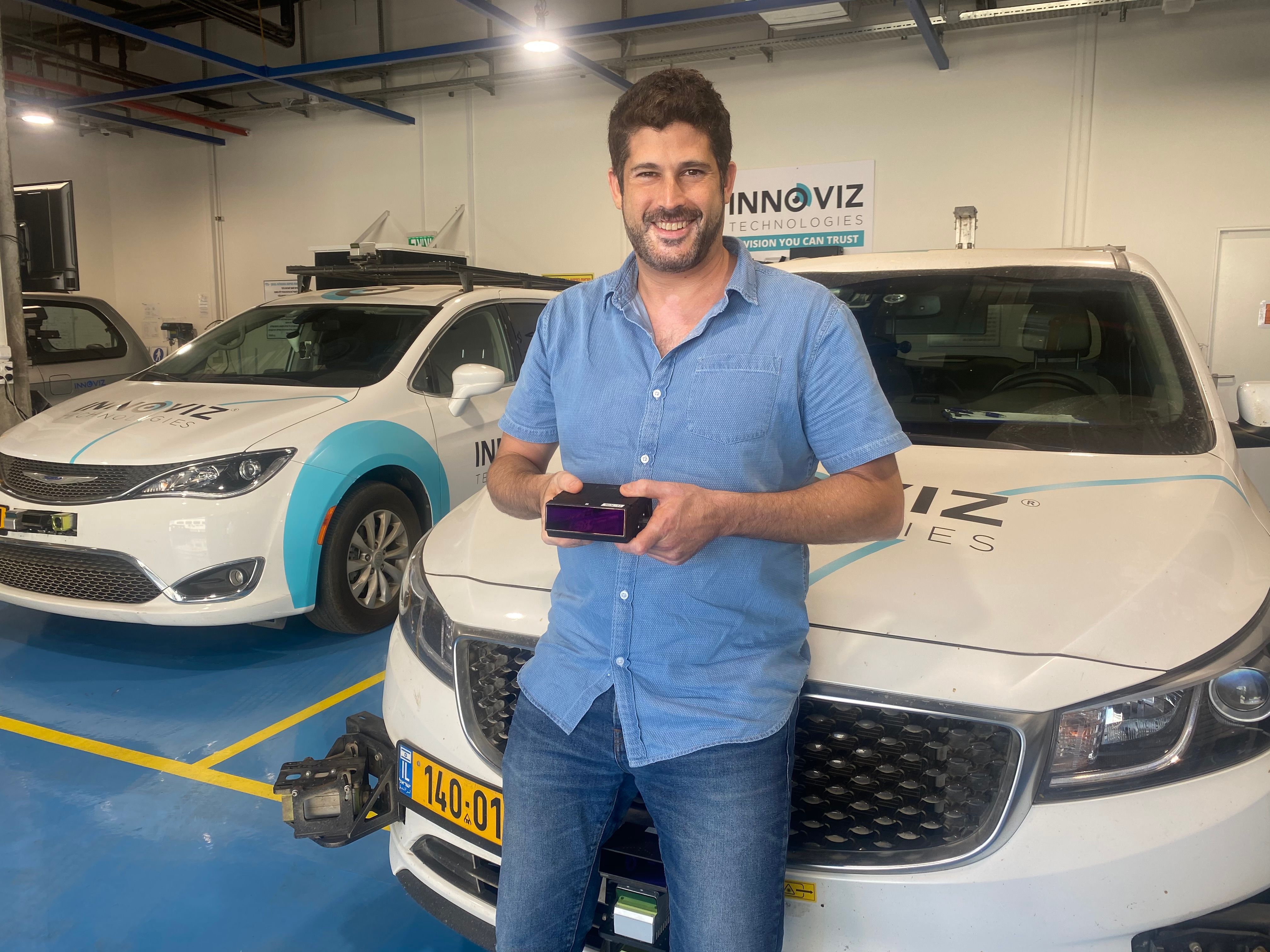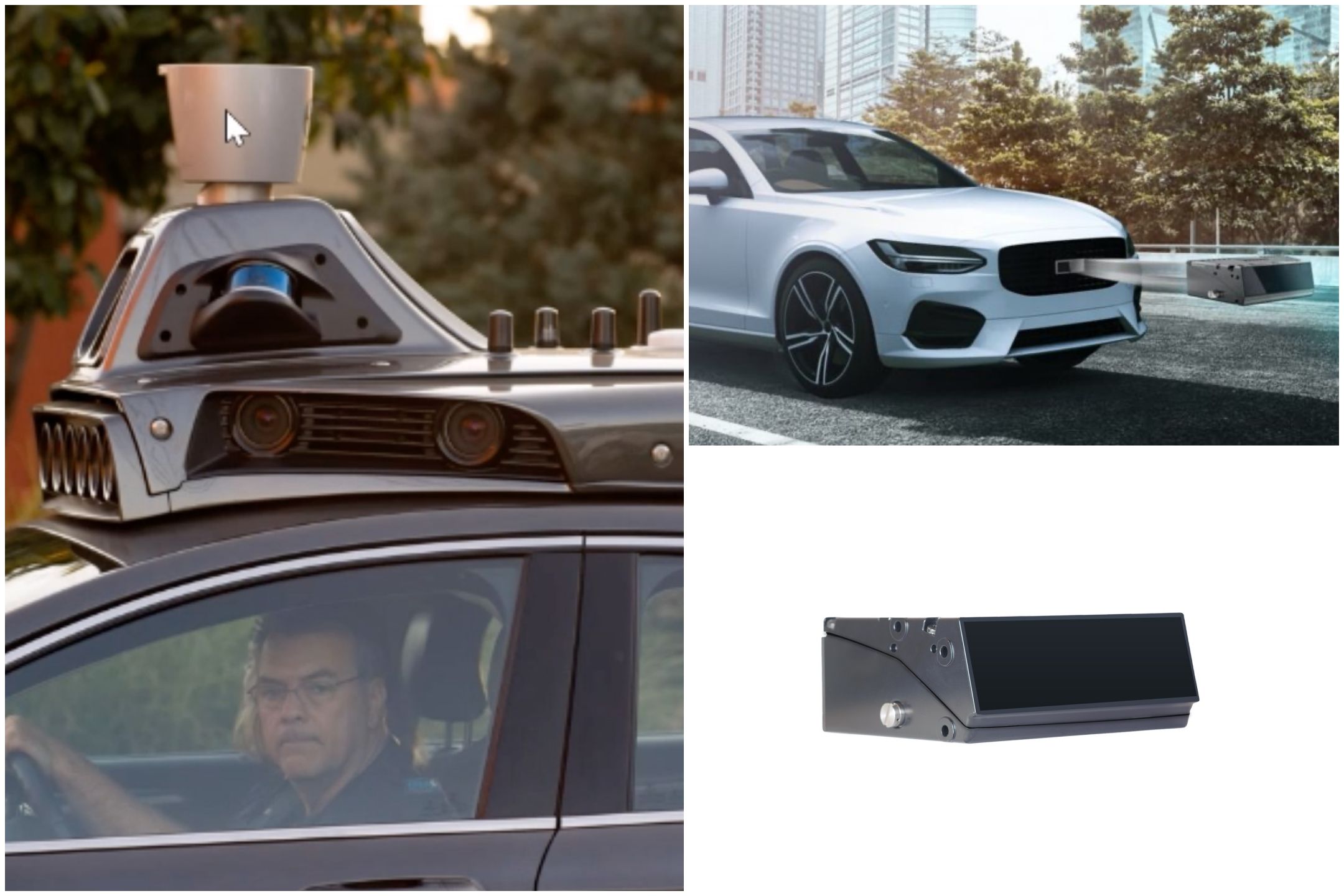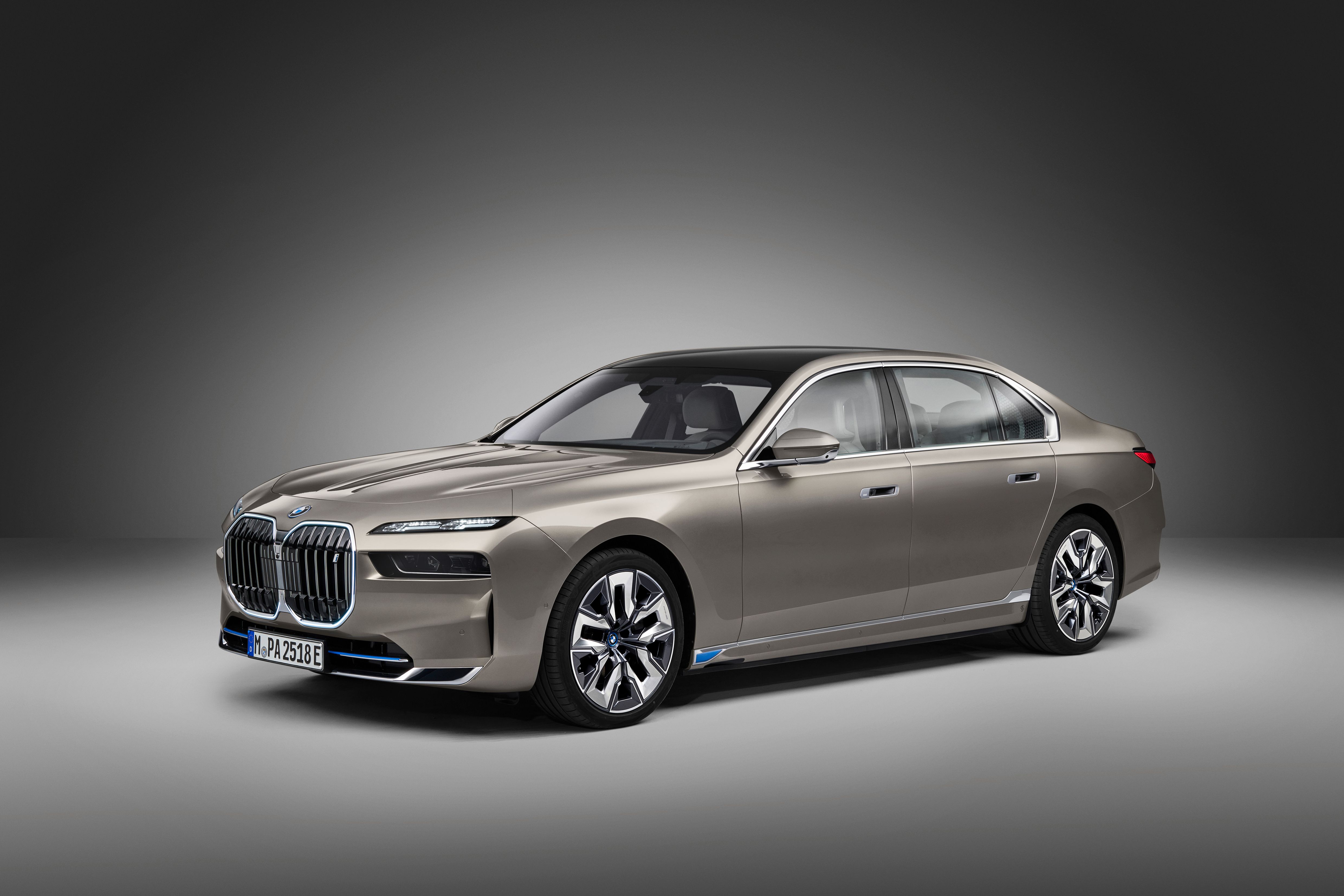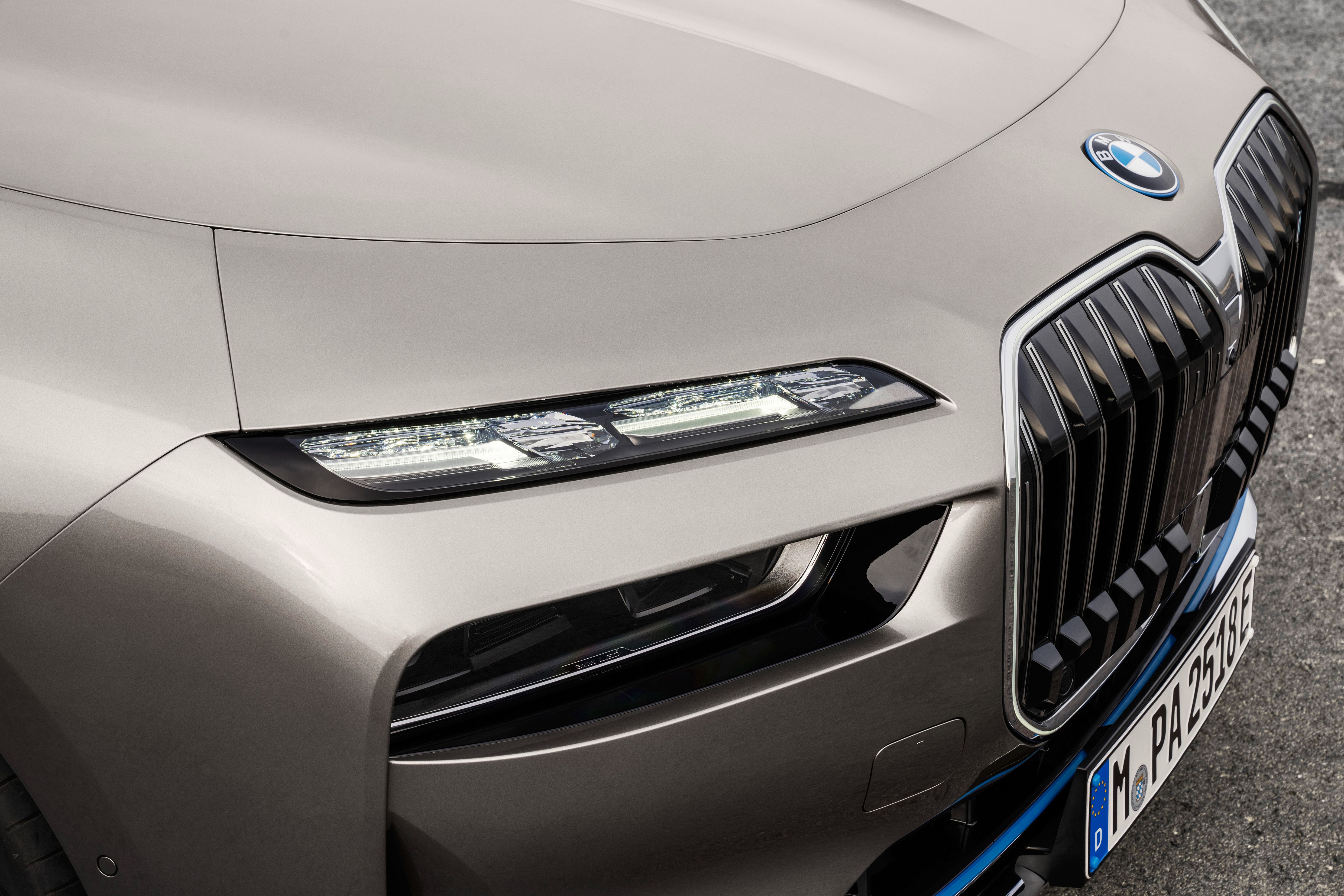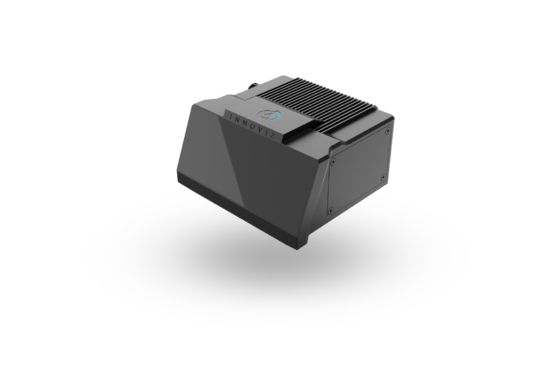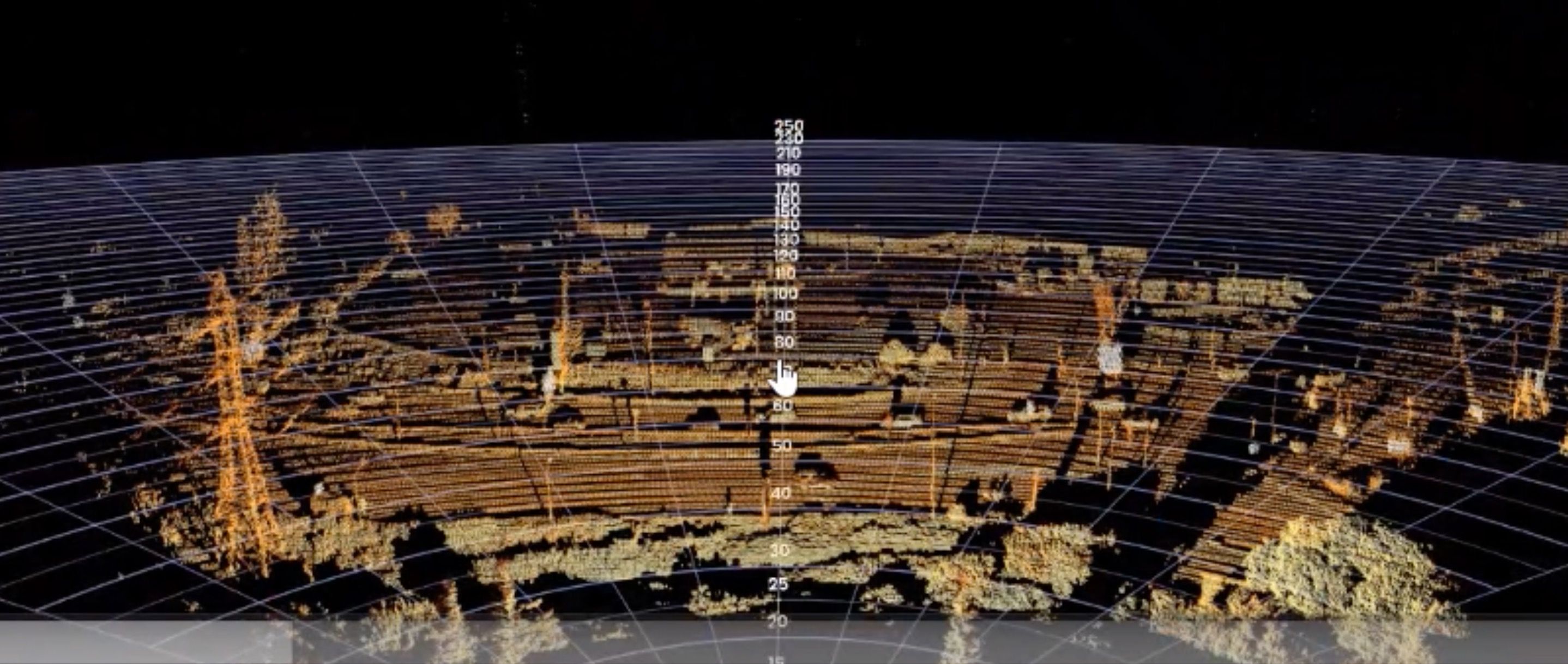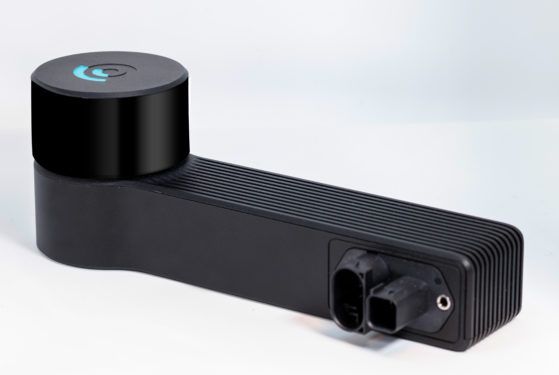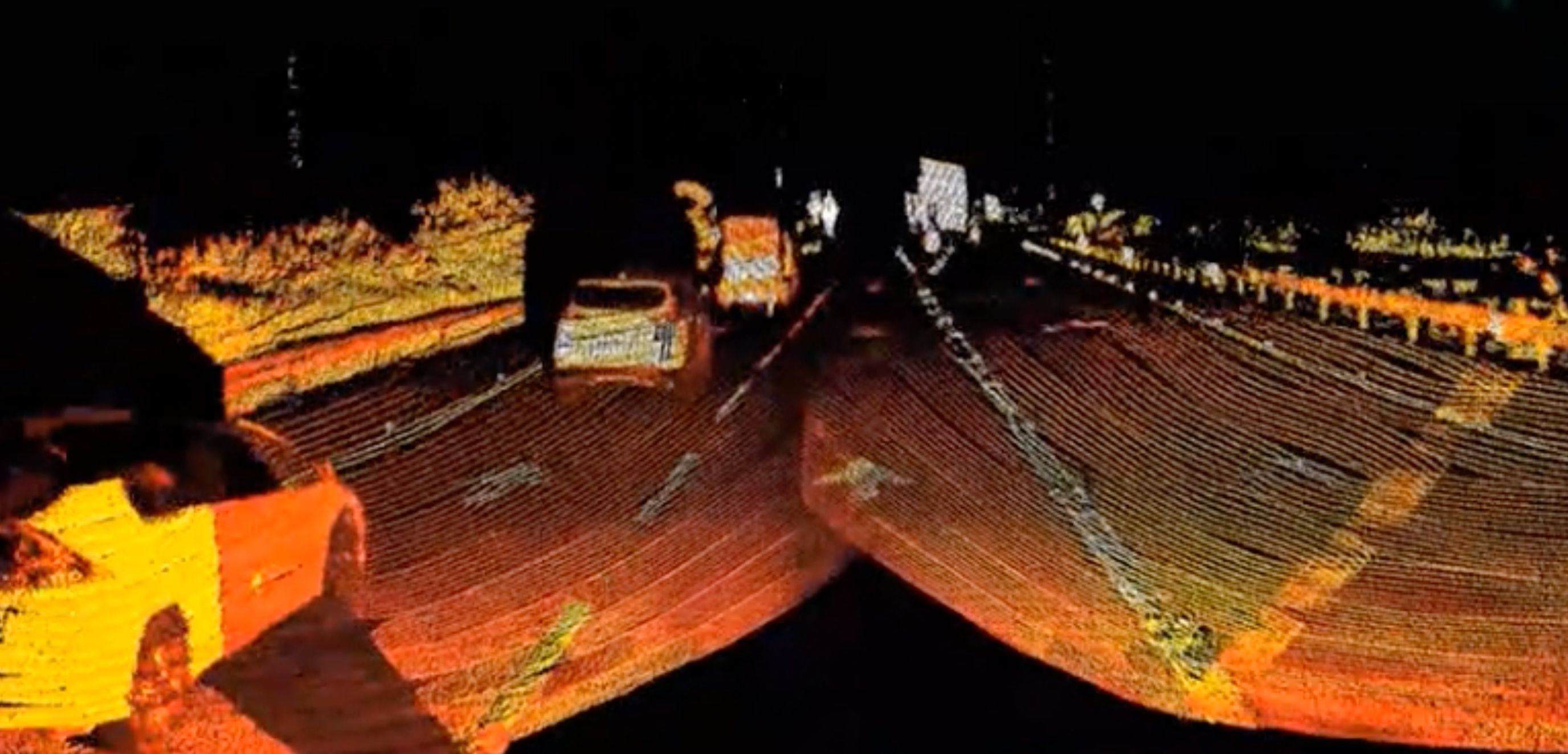A couple of weeks ago, the 2023 BMW 7 Series along with an all-electric variant dubbed the i7, broke cover for the 2023 model year. Now, the Bavarian automaker’s flagship sedan is significant for the U.S. market, in that it is the very first vehicle to pack the hardware that supports Level 3 autonomous driving, set to be rolled out next year.
To learn more about this state-of-the-art autonomous driving technology, I recently got the chance to catch up with the Co-founder and CEO of Innoviz Technologies, Omer Keilaf, based in Tel Aviv, Israel.
Overview
Today, the auto industry is once again at an inflection point. In the early days of the automobile, innovation was taking place at breakneck speed and several energy sources from steam to electric were being considered to power the automobile. Ultimately, gasoline power prevailed. Sure, a lot of technological advancements have happened over the past century, but in its basic form, the automobile has remained the same since the 30s.
Fast forward to today, and there are two strong trends that have emerged over the past decade. These industry trends will in fact continue to grow for the foreseeable future. The first is that electric cars have made a comeback in a big way. The second major trend, of course, is the adoption of various driver-assist features by automakers into their vehicles.
This has eventually led them to the further evolution of systems that support autonomous driving technologies. LiDAR is one of the primary candidates that have the potential to transform the landscape of autonomous vehicles or AVs.} If you aren’t familiar with the states of autonomy with vehicles, the SAE has clearly defined them in the chart below.
Why LiDAR?
LiDAR, short for Light Detection and Ranging. Just like sonar uses sound waves to map the ocean floor or radar that uses radio waves to accurately locate airplanes in the sky. LiDAR makes use of light or pulsed lasers to map out the world in real-time by measuring the time it takes for a beam of light to be reflected back to the sensor.
Some of the benefits of using a LiDAR system as opposed to just cameras is that it isn’t as adversely affected in varying lighting conditions, like strong sunlight for example, where a camera would suffer from a blind spot for brief moments as the lens readjusts the exposure due to the sudden burst of light.
Innoviz Technologies
Innoviz Technologies (INVZ) are amongst just a handful of companies currently operating in the LiDAR space. They began as a startup back in 2016. This was subsequently followed up with several partnerships with Tier 1 Companies and OEM partners like Magna, APTIV, Harman, and most notably, BMW and Samsung. Magna will manufacture these sensors for BMW at their facilities in Germany and the United States.
Their Current crop of Sensors
Innoviz One
Innoviz One was announced by the company back in 2016. It is a first-gen automotive-grade solid-state LiDAR sensor. Innoviz One makes use of a pulsed laser in combination with perception software to accurately build out a 3D cloud in real-time, for a distance of up to 250 meters.
Innoviz has been working with BMW to integrate their LiDAR sensor and the latest 7 Series now has the Innoviz One integrated into the kidney grille. It will eventually also make it to other models in the BMW range like the 5 Series, the X5, and the iX all-electric crossover.
Some industry analysts have criticized LiDAR to be expensive and bulky, but Innoviz One clearly addresses those pain points. Robo taxis up until a few years ago made use of large, expensive sensors that sat on the roof. This not only added extra bulk and weight but was also aerodynamically inefficient.
The real-world conditions can be extremely challenging as the typical automobile has to endure a variety of weather and ambient conditions. Innoviz One has advanced the technology to the point where a reliable, lightweight low-power consuming sensor can be offered at an affordable cost.
Apart from BMW, another German manufacturer will also use Innoviz One LiDAR sensors on an autonomous urban shuttle capable of Level 4 autonomy, that will run on a pre-determined route.
Innoviz Two
If the Innoviz One was impressive, the second gen-LiDAR announced in 2020, significantly moves the game forward. Innoviz Two packs 30x better performance be it in terms of the overall performance with 4x resolution, higher frame rate, and range (up to 350 meters) over its predecessor, and costs 70-percent less than Innoviz One.
with support for Level 3 and higher autonomy that can be rolled out via over-the-air software updates. This shall be done after gathering sufficient data from the customer base. A major automaker has in fact decided to incorporate Innoviz 2 LiDAR sensors across a range of vehicles in their portfolio.
Innoviz 360
Apart from the LiDAR sensor, the latest 7-Series has a combination of ultrasonic, radar sensors, and cameras. There are about 30 sensors in total spread out around the vehicle. When asked if the Innoviz 360 can, in fact, replace all these sensors, Omer was quick to point out that while the 360 setup is indeed a brilliant solution, positioning such a sensor on a vehicle in a way that offers a surround-view remains the biggest challenge for the 360 sensors.
Other Parameters
- According to Omer, a substantial amount of time is needed to take a design to volume production and another year to bring the sensor to automotive grade. This of course involves a lot of testing across real-life conditions with everything from varying temperatures to vibrations.
- Magna is currently carrying out millions of kilometers of both simulation and real-world testing of not just the sensors, but also the software that is producing the 3D Cloud. Safety of course is paramount for the successful implementation of an autonomous driving system.
- Both Innoviz One and Two are designed for Level 3 autonomy, it’s mainly focused on more predictable driving situations like out on a highway. It packs a field of view of 120 degrees. In an urban scenario, which would be far more complex with the likes of pedestrians, intersections, etc. Level 4 and Level 5 autonomy will be able to tackle such complex scenarios more efficiently, however, the level of testing required for such systems would be exponential.
- As for costs, as with any technology, LiDAR too has seen prices drop significantly over the past five years. According to Omer, for widespread adoption of LiDAR sensors and high volume scale, it will eventually have to cost around about the same as a camera today and he totally sees it as possible.
- Radar, for example, was about a decade ago, where LiDAR is at the moment, but today, radar is available at a sub $100 price point. The biggest challenge today is that the production scale hasn’t still reached the ‘One size fits all ‘ scenario yet and suppliers still have to conform to come up with custom solutions for different automakers. The level of flexibility with a mass-produced sensor will obviously be reduced but it will offer these sensors at an even cheaper price point.
Conclusion
Today, LiDAR sensors find use in a vast array of applications. You’ll find them in everything from your iPhone to geo-sensing satellites that accurately map out the surface of the earth. As far as the used case scenario for autonomous vehicles is concerned, they can take over the more mundane tasks like driving on the highway while you relax and focus on things. You can take to the wheel on a more entertaining stretch of the open road.
Level 3 autonomy on the new 7 Series/ i7 should roll out in select regions like China and Europe next year. U.S. customers however won’t be so lucky as it won’t be offered here. (period) As for the future of autonomous driving technologies, I personally think that a combination of LiDAR, cameras, and a bunch of other sensors will be adopted. This might be expensive, but scaling things over a period of time should bring costs down.

